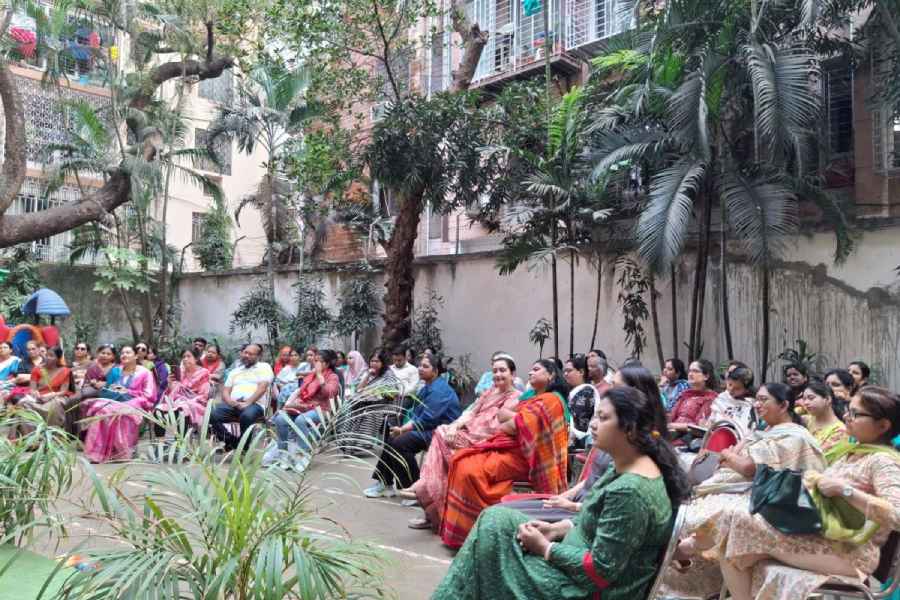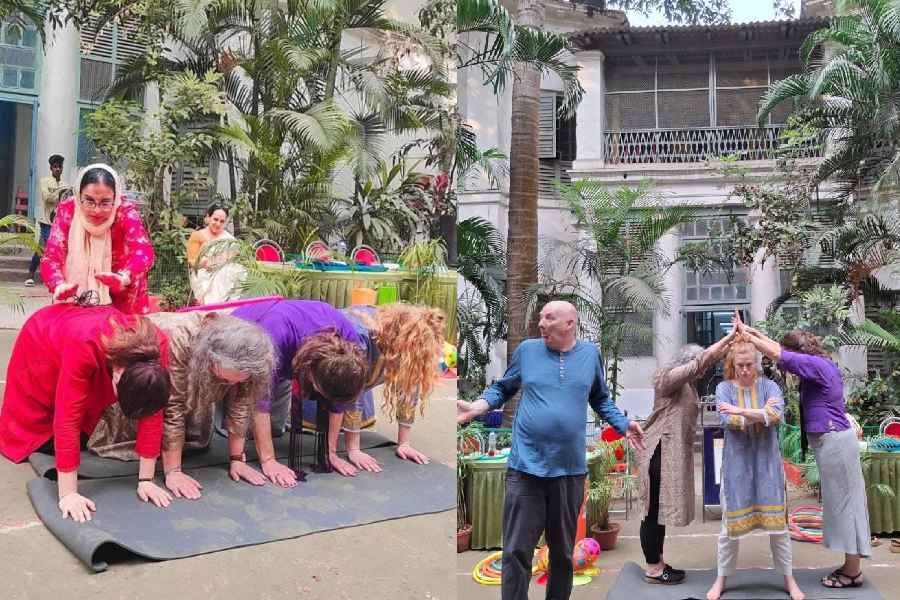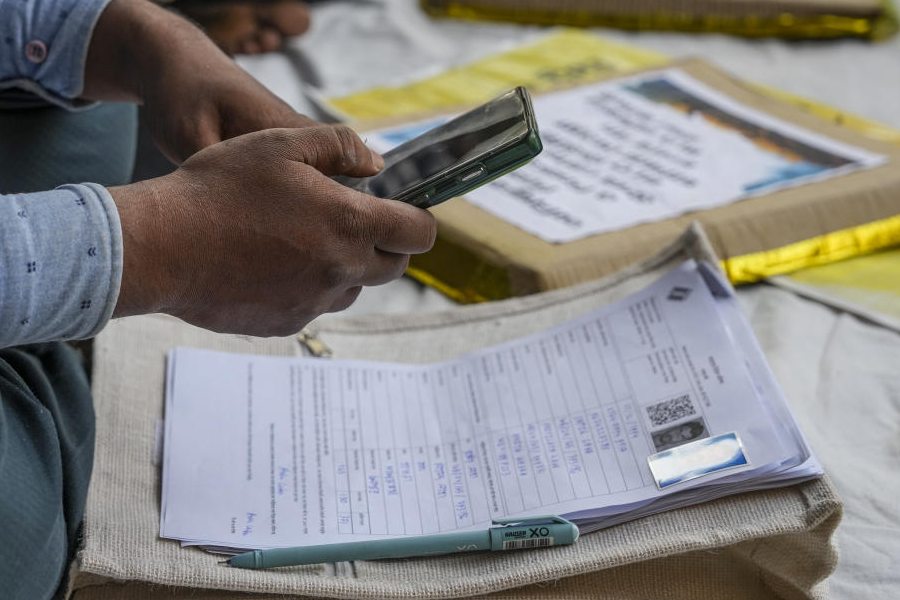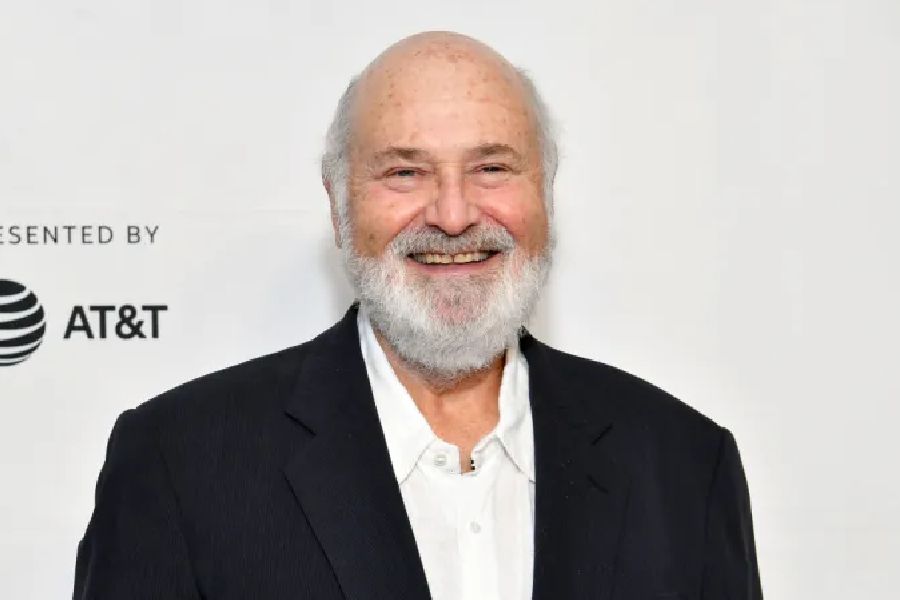Children should be encouraged to be active smartphone or device users instead of passive consumers, said an associate professor of Oslo Metropolitan University in Norway.
The professor, who is an early childhood education and care mentor, while speaking at a workshop at Mongrace Montessori House on February 18, said technology cannot be avoided.
“But it has to be used in a way that will contribute to pedagogical goals or help one get information beyond what there in a book,” she said.
A group of teachers from Oslo Metropolitan University conducted a workshop — Playful Pathways — for early childhood educators and shared practical strategies for physical activity, creativity and cognitive development in young children through music, movement and callisthenics.

Early childhood educators of city schools attend1 the workshop at Mongrace Montessori House
Over 50 early childhood educators from various Calcutta schools attended the session.
“We can either try to avoid technology because we don’t know how to handle it or we try to implement it in a better way that contributes to pedagogical goals. We can use it in outdoor contexts, where one is active with the device. One cannot be a passive consumer of it. It has to happen in a social context and one can never be alone with the device. One can be creative and film somebody while the other is dancing or use it together to identify a flower,” Evi Petersen, associate professor of physical activity and outdoor education, Department of Early Childhood Education, Oslo Metropolitan University, said on the sidelines of the workshop.
Eivind Henrik Karlsson, associate professor in the Department of Early Childhood Education, pointed out how screens steal time and attention, and is an ongoing discussion in Norway.
“In Kindergarten, we value free play. So children can be taught to take heroes or characters they meet online out into the playground. They can develop new characters, too,” said Karlsson.
During the two-hour workshop, the group from Norway showed how storytelling, circus equipment and one’s body can be used to teach a child.
They enacted the story of Goldilocks and the Three Bears by using circus equipment like hoops and ropes.
“The objective is to exchange ideas and learn from each other,” said Sanjana Vakharia, the director of Mongrace Montessori House.
The exchange was organised by the Nordic Centre, India.
“Technology or gadgets cannot be removed and we need their support to progress and keep pace with the world. But we have to know how to use it. The screen is stimulating and so as teachers we have to think of alternatives of making the physical environment of a child stimulating,” said Vakharia.
A child cannot be tied to a chair and be expected to learn. He has to be allowed to get up play, explore and learn.
“The teachers from Norway spoke about physical literacy which is to help the child use their body to express themselves. We have diverse learners and not everybody will be able to express through their words but can use their hands, legs, and eyes also,” she said.










